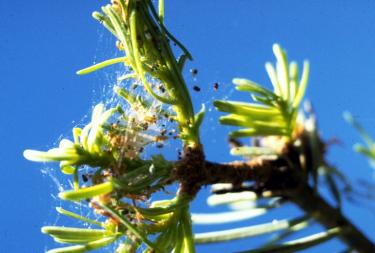Your Checklist for Prevention
Maintain a healthy forest to increase your chances of pest-free woods.
Western spruce budworms prefer stands of trees that are very dense and contain host species of many sizes. They also prefer stressed trees. The best defense against these hungry caterpillars is a healthy, well-managed forest.
Here's Your Checklist
- Thin. Thin out extremely dense stands of trees. If you've already had an outbreak of western spruce budworm, leave any trees that weathered the attack well. They might have some genetic advantage. Thinning reduces stress on trees by giving them more access to light and water.
- Make even-aged patches. Western spruce budworms are particularly damaging to stands with many different sizes of trees. This is unusual. Most pests like stands of trees that are all the same age. Before starting to plant your land in even-aged patches, get advice from a forester or your local cooperative extension service on the best choice for your woods.
- Limit host species. If western spruce budworm is a major problem in your woods, you may want to consider planting less-susceptible species, like ponderosa pine and lodgepole pine.
Whether you’re trying to prevent an infestation or controlling damage from an existing infestation, you don’t have to go it alone. State, county or consulting foresters, the Forest Service or your local cooperative extension service can all help you protect your woods and preserve your forest legacy.
Previous page
How can I get more tips?
It’s simple! Enter your email below.

